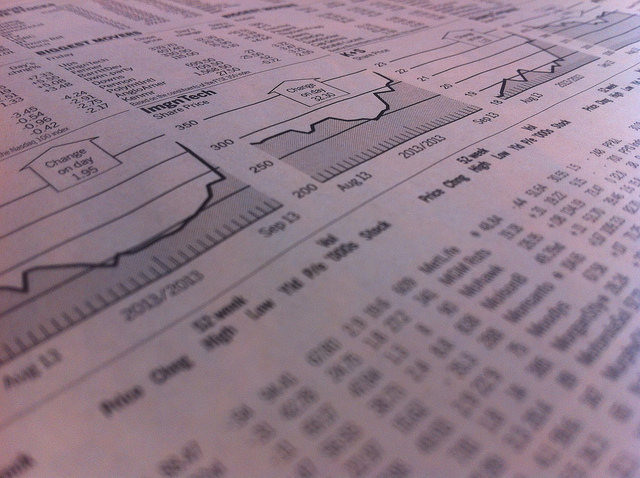The Ontario Public Service Pension Plan (PSPP) returned 12.5 percent overall in 2013. But a new report from the Ontario Pension Board, which handles investments for the fund, gives more details on the performance of individual asset classes.
Strong global equities performance (37 percent return) drove the fund’s returns in 2013. Reported by Pensions & Investments:
In the pension fund’s annual report released Thursday by the Ontario Pension Board, which administers the defined benefit plan, global equities returned 37% last year, while Canadian equities returned 18%, compared with 35.9% for the MSCI World (Canadian dollar) and 13% for the S&P/TSX Composite indexes.
Real estate returned 12.9% vs. its custom benchmark’s 9.7% return; infrastructure, 12% vs. 0.9% for its custom benchmark; emerging markets equities, 5% vs. the MSCI Emerging Markets (Canadian dollar) index’s 4.3%; and Canadian fixed income, 1.8% vs. -1.2% for the DEX Universe Bond index.
Private equity, which returned 17.8%, was the only asset class to underperform its benchmark, which was 30.2%.
The pension fund’s asset allocation as of Dec. 31 was 28.2% fixed income, 23.7% developed markets equities, 15.5% emerging markets equities, 14% real estate, 8% cash and short-term investments, 7.6% Canadian equities, 2.5% infrastructure and 0.5% private equity.
The plan improved its funded status from 94 percent to 96 percent, according to the report.
The fund handles $18.9 billion of assets.










